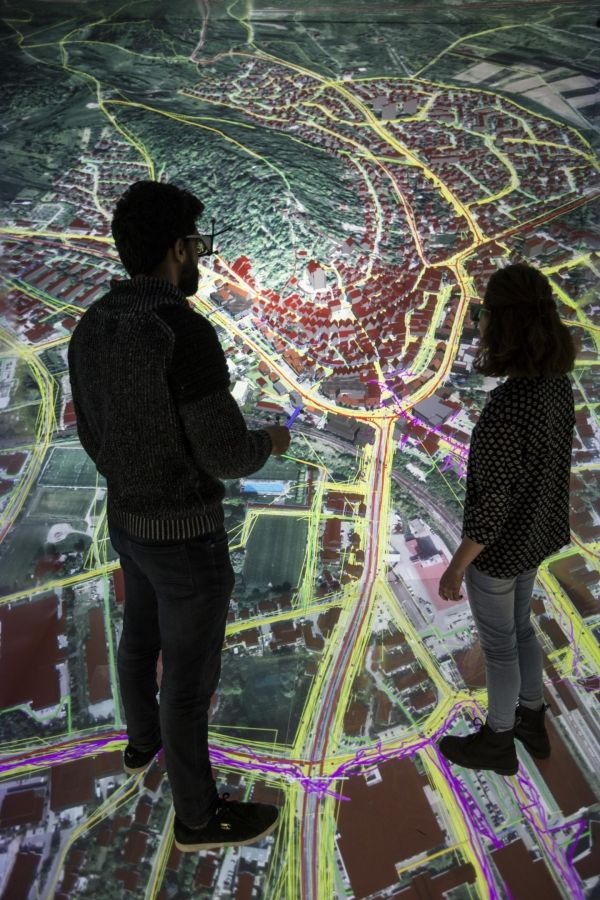For Dr. Fabian Dembski, who works at the intersection of architecture, city planning, and computational science, cities are more than just the places we live. They function like living organisms, growing and changing over time. From this perspective, decisions made in city planning can either improve or degrade the health of urban spaces.
As cities have gotten larger and more complicated, and technology has opened up new ways of observing and simulating cities’ dynamic processes, researchers have tried to find new ways to make city planning decisions more efficient, equitable, and inclusive. Much like CT scans gave medical professionals new ways of observing the human body, advanced digital approaches involving data-driven modelling and visualization now offer researchers new ways of understanding how cities function and predicting how changes in their design could affect life there.
Together with investigators at the Fraunhofer Institute, the University of Stuttgart, and Kommunikationsbüro Ulmer, Dembski and other researchers at the High-Performance Computing Center Stuttgart (HLRS) have been developing new applications of 3D visualization to support urban planning. Specifically, the team has been adapting the concept of the "digital twin" for cities, using high-performance computing (HPC) technologies for analyzing, integrating, and visualizing data describing urban phenomena in order to simulate the complex, dynamic processes that are important to consider in urban planning.
Over the past several years, the team has been developing a digital twin of Herrenberg, a small city just outside of Stuttgart. The Herrenberg study has already provided valuable information for city planners and government officials in the state of Baden-Württemberg, and paves the way for improving the model to include additional kinds of data. The team published a detailed report describing its methods and results in the journal Sustainability.
Read more at Gauss Centre for Supercomputing
Image: HLRS researchers have been using a combination of data and 3D modelling to develop a digital twins of the city of Herrenberg. (Credit: Fabian Dembski, HLRS)


